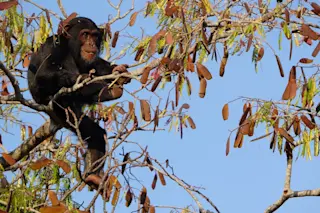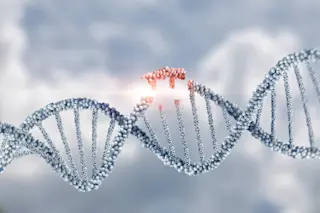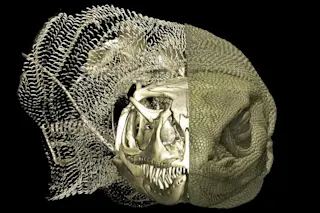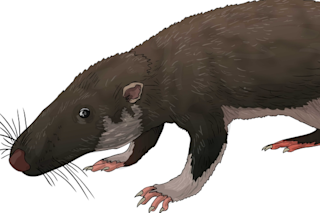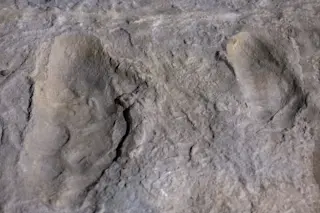1. Here’s the bald truth: Fur and hair are essentially the same thing, constructed of identical protein building blocks called keratin.
2. All mammals have hair at some point in their lives, be it the fuzz on a newborn whale, a shield of hard porcupine quills or your long locks.
3. Insects can wear it, too. The microscopic belly hairs on the male freshwater Micronecta may help amplify its mating call. Some scientists think that when the bug rubs its penis against the tip of its abdomen, the hairs trap air and sound, making it the world’s loudest animal relative to its size.
4. The leg hairs on hunting spiders and crickets function as ears. The hairs sense air motion and can “hear” low-frequency sounds — buzzing bees, for example — and medium-frequency ones, such as car horns.
5. Human hair can “taste.” Our lungs and nasal passages have exquisitely ...



